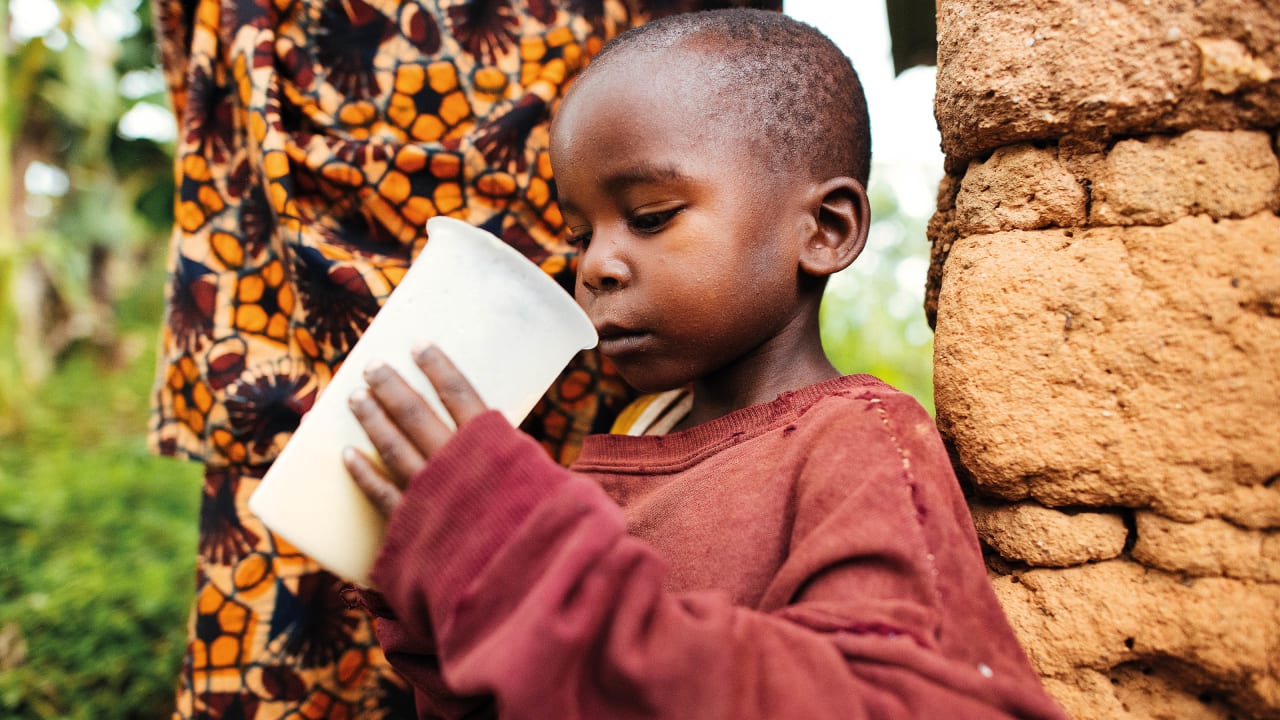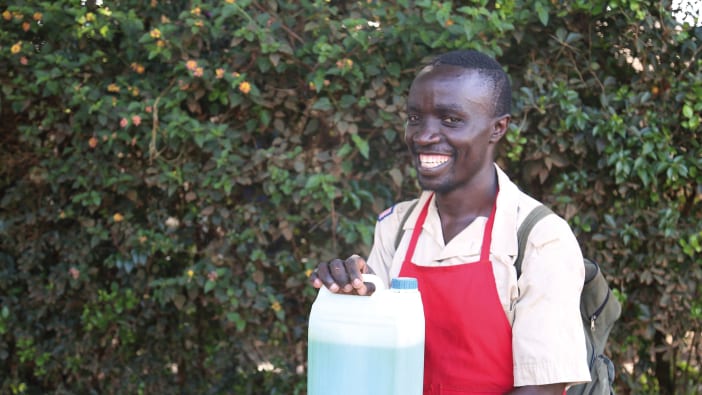Despite being preventable and treatable, common communicable diseases are still responsible for the deaths of large numbers of young children each year, particularly in the world’s poorest regions. According to the World Health Organization, pneumonia, diarrhoea and malaria were responsible for 29 per cent of global deaths among children under the age of five in 2018.
Pneumonia
Pneumonia is a dangerous infection that affects the lungs. It may be caused by bacteria, viruses or fungi. When someone has pneumonia, their lungs become congested with fluid which makes breathing difficult and painful. They may also develop a cough and a high temperature. If caught soon enough the disease can usually be effectively treated with antibiotics.
Pneumonia is the leading infectious cause of death among children under five. Many of these deaths are linked to undernutrition, poor sanitation, inadequate access to health care and indoor air pollution caused by stoves and people smoking.
The best ways to protect children from pneumonia include:
- frequent handwashing with soap
- keeping homes free of smoke
- early and exclusive breastfeeding
- good nutrition after weaning
- vaccination, particularly against pneumococcal infections and measles
- vitamin A supplementation.








